What the Gen Z stare teaches marketers about trend tracking in digital culture
The Gen Z stare meme went from Reddit to mainstream media in weeks. Here’s what that says about how discourse moves online
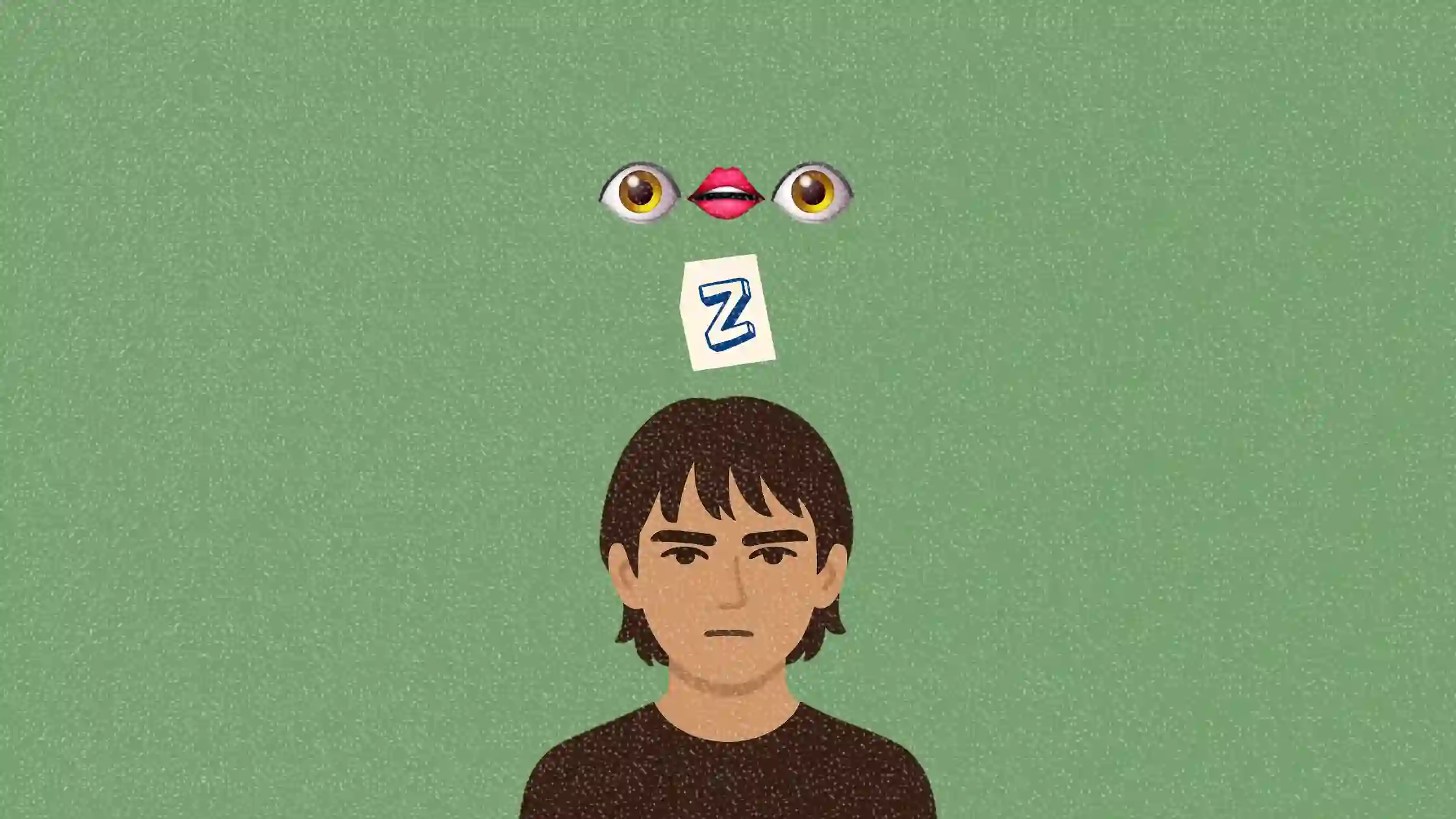
The internet is no stranger to generational bickering, but the latest online uproar centered on a dead-eyed look dubbed the Gen Z stare, has captured the attention of social media, newsrooms, and marketers alike.
Initially surfacing through influencer content and memes, the Gen Z stare gained rapid traction across platforms like Reddit, X, and YouTube, before being dissected by major media outlets such as NBC News, Business Insider, and The New York Times. It’s now internet-famous enough to have earned a spot on Wikipedia. But behind the memes lies a revealing case study in how microtrends evolve and why digital marketers should care.
This article explores the lifecycle of the Gen Z stare trend, its path across media ecosystems, and the strategic takeaways for marketers looking to stay ahead of cultural conversations.
Short on time?
Here’s a table of contents for quick access:
- What is the Gen Z stare?
- How the Gen Z stare became a viral flashpoint
- What marketers should know about this trend
- Strategic lessons from digital discourse cycles
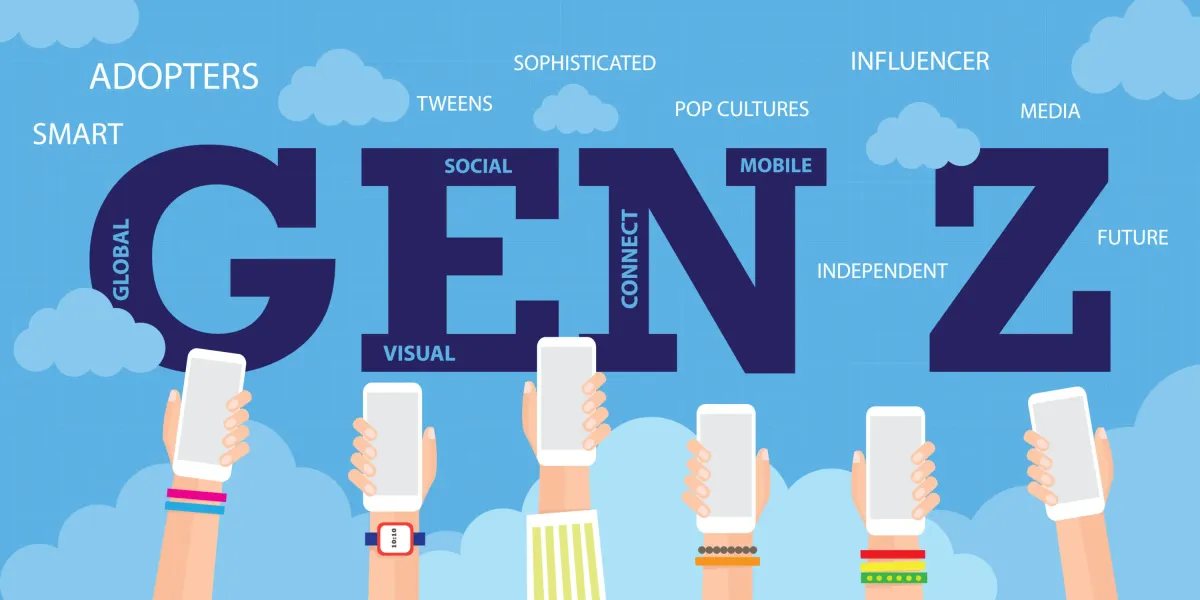
What is the Gen Z stare?
The “Gen Z stare” refers to a blank or apathetic facial expression that some attribute to Zoomers, often seen during social or customer service interactions. It's typically characterized by a lack of eye contact, neutral expression, and an almost deliberate absence of emotional display.

The phrase became shorthand for a perceived generational rift in communication styles. It has been humorously (and sometimes critically) referenced as a sign of Gen Z’s social awkwardness, indifference, or quiet judgment, especially in the workplace or public-facing service roles.
Influencer videos like this one on Instagram racked up hundreds of thousands of likes in days, fueling the trend’s meme-worthiness and visibility.
How the Gen Z stare became a viral flashpoint
From July 1 to August 4, 2025, there were over 70,000 mentions of the Gen Z stare across platforms including X, Reddit, Bluesky, YouTube, and even broadcast media.
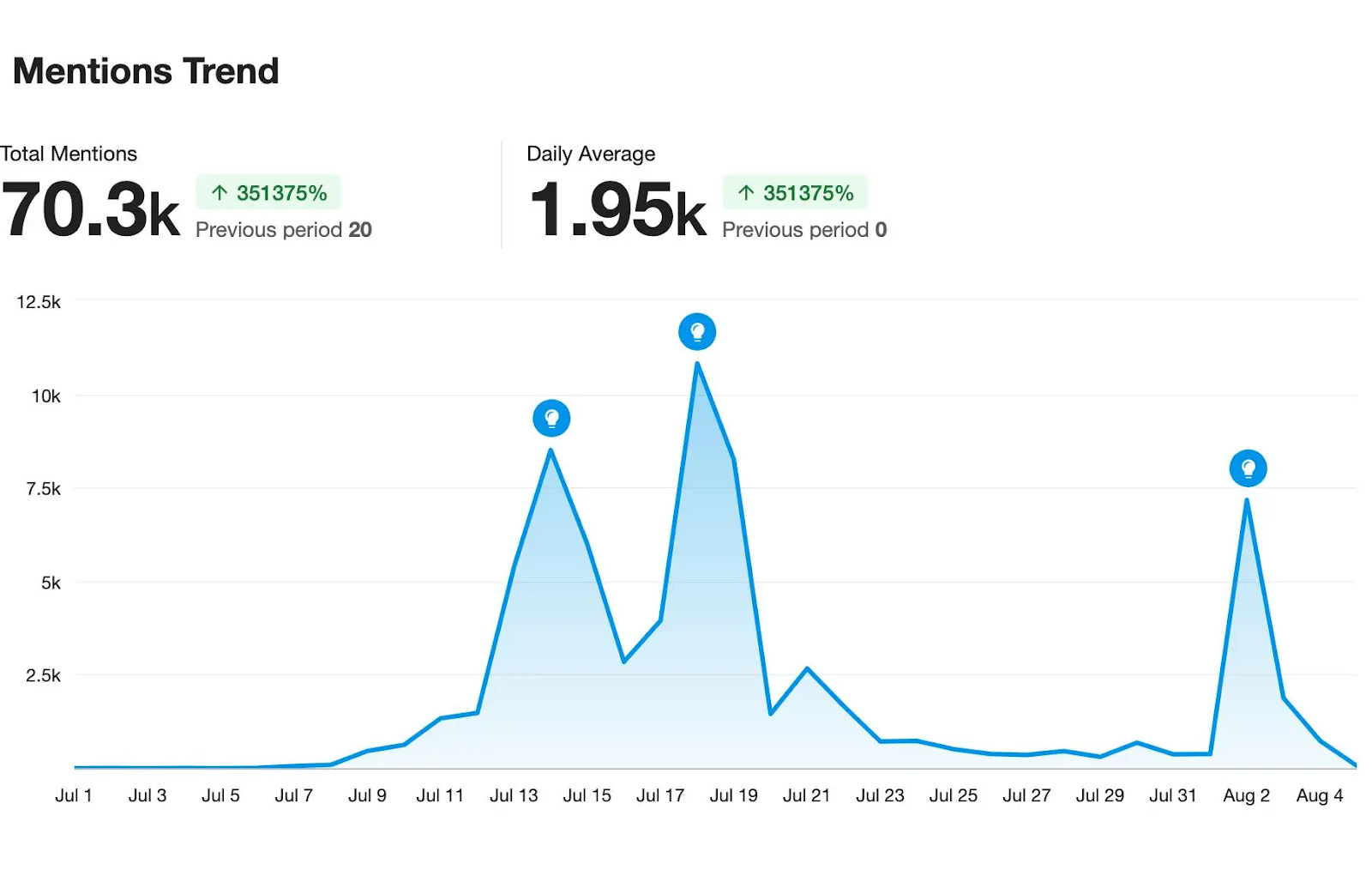
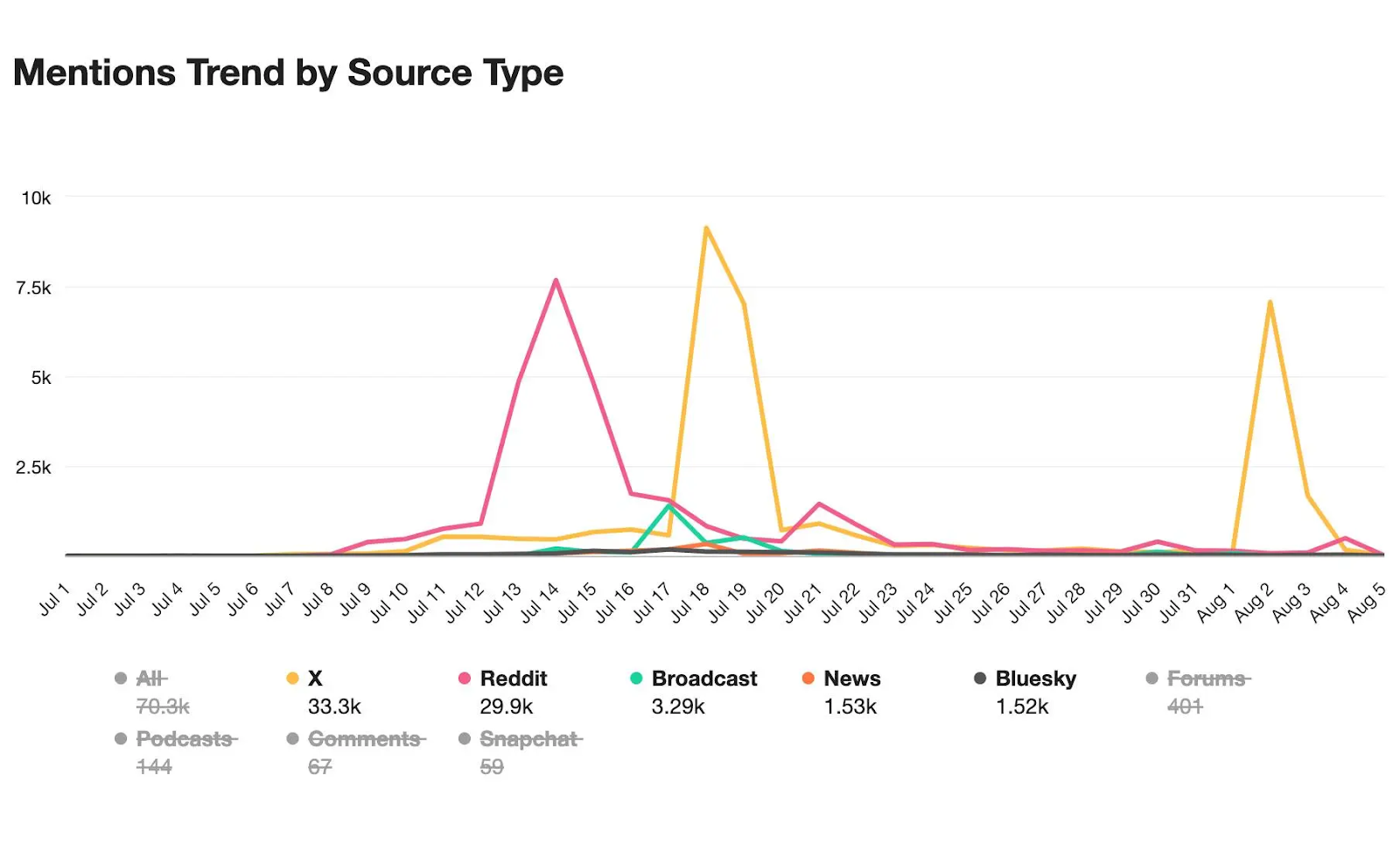
It started with short-form video content going viral in June, particularly on Instagram and TikTok. By mid-July, the discourse migrated to Reddit, where threads debated the reality and cultural implications of the stare. The trend peaked on Reddit around July 14, before moving into broadcast coverage on July 17, reaching mainstream radio and news segments in both the U.S. and Australia.
Shortly after that, mentions exploded on X (formerly Twitter) around July 18, spurred by satirical posts pushing back against the narrative. One popular thread flipped the script, accusing baby boomers of their own socially awkward behaviors like oversharing in public. A second wave of posts on August 2 revived the conversation, this time focusing on retail and service industry anecdotes from Gen Z workers.
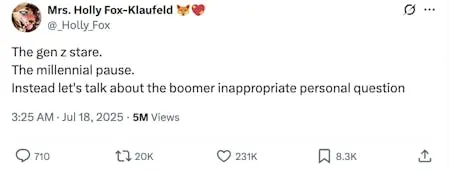
This trajectory, from Reddit think-pieces to broadcast buzz to meme-fueled clapbacks on X, isn't unique. But it does offer a playbook for understanding how niche content becomes cultural conversation.
What marketers should know about this trend
The Gen Z stare isn’t just a quirky meme. It’s a textbook example of how niche internet chatter can snowball into cross-platform discourse that influences mainstream media, brand sentiment, and audience expectations. For marketers, it’s not about the meme itself, but what it reveals about how online conversations travel, shift tone, and shape culture.
1. Trends can start small and scale fast
This trend didn’t begin on X or Instagram. It gained traction first on Reddit. That flips the script compared to other recent moments like the Walmart Birkin trend, which launched directly from larger platforms.
Takeaway: Don’t just monitor the top three platforms. Niche forums, subreddits, and discussion-first channels often serve as trend incubators. Marketers who track these early signals will be better prepared when narratives shift.
2. Tone changes as trends evolve
The Gen Z stare conversation changed dramatically across platforms. It started as a critique from older generations, became an intergenerational flashpoint, and eventually transformed into humor and resistance from younger users. The tone varied sharply across Reddit, broadcast media, and X, each shaping the story differently.
Takeaway: Listen for tone shifts, not just mentions. A trend’s narrative can change direction fast, and brands that misread the room risk sounding tone-deaf or late to the party.
3. Inter-platform influence is accelerating
According to internal data, 25.3% of X users also use Reddit, while 64.4% of Reddit users are also on X. That overlap explains how fast discourse can jump from niche communities to mass visibility and why marketers need to treat social platforms as interconnected, not siloed.
Takeaway: If something’s trending on Reddit or YouTube, expect it to surface on broadcast, X, and Instagram within days. Use social listening tools that connect across ecosystems, not just one platform at a time.
Strategic lessons from digital discourse cycles
Trends like the Gen Z stare may seem superficial, but they reveal deeper truths about how generational dynamics, workplace culture, and digital identities get negotiated in public. These debates always ignite emotional reactions, and emotional reactions drive engagement.
Marketers don’t need to jump into every viral trend, but they do need to understand how they spread, evolve, and get reshaped by different audiences.
The Gen Z stare might fade from headlines next week, but the mechanics behind its virality are here to stay. Smart marketers will treat it as a signal that points to how discourse morphs across platforms, how backlash fuels attention, and how younger audiences express frustration in ways that marketers should understand, not dismiss.




